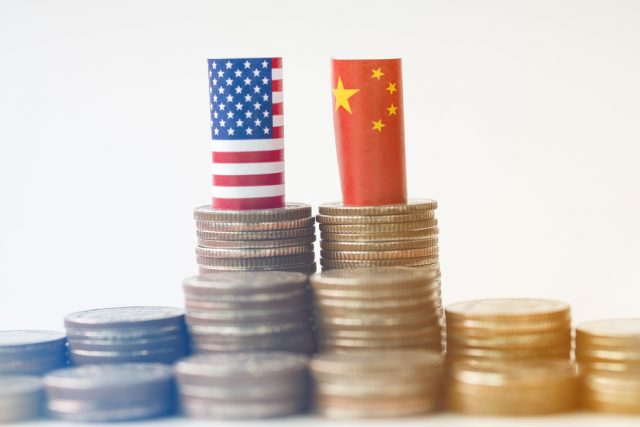Doubts about the agreement reached in principle between the United States and China on Friday, have somewhat dissipated. China on Tuesday denied any dispute with the United States: “the two sides are of the same opinion regarding the progress towards an economic and trade agreement, there is no difference,” said to the press Chinese Foreign Ministry spokesman Geng Shuang.
On Monday, the agency ‘Bloomberg’ had reported some differences between the negotiators. Sources claimed that Beijing wanted to conduct a new round of talks by the end of October to establish the details of the “Phase 1” agreement, and above all, China would now like to see the suspension of tariffs that come into force in December.
Donald Trump said Friday that details of this “very important” partial agreement still lay on paper, which could take four to five weeks. He has not ruled out being able to sign this “phase 1” agreement with his counterpart Xi Jinping, on the sidelines of the summit of the Asia Pacific Forum (APEC) in Chile from November 16 to 17.
The “Phase 1” agreement includes a sharp rise in purchases of US agricultural goods by China, but also elements relating to intellectual property and financial services, as well as a component on exchange rates, said US president. In a sign of truce, the United States has suspended the increase in customs duties expected Tuesday on 250 billion dollars of Chinese goods imported. On the other hand, for the moment, no decision has been taken on tariffs of 15% on consumer goods which must come into force in December.
Meanwhile, the Chinese economy has shown new signs of weakness as its foreign trade deteriorated in September. Exports fell by 3.2% compared to September 2018, against -3% expected by the Reuters consensus, and after -1% in August. Imports plunged 8.5%, against -5.2% consensus and after -5.6% in August, reflecting the weakening of domestic consumption and the effects of rising tariffs.
On Tuesday, the IMF revised down its global growth forecasts citing the negative effects of the trade war. The fund, however, said the activity would rebound if the 18-month tariffs between the United States and China were abolished.
The IMF now expects world growth of 3% for 2019 instead of the expected 3.2% in July. This is the slowest pace since the 2008-2009 financial crisis. For 2020, the Fund forecasts a rebound to 3.4%, while it expected 3.5% in July.










